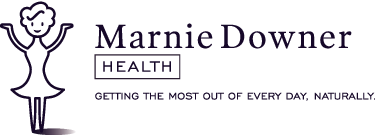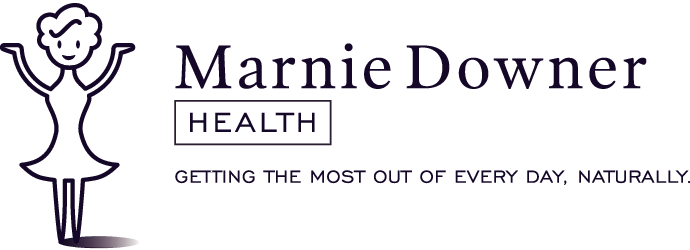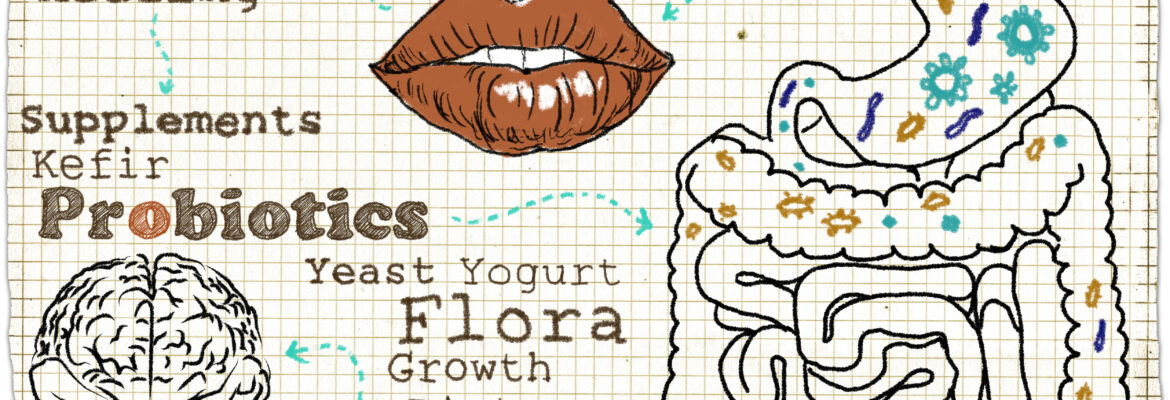In the last post we discussed the pitfalls of antibiotic use. What should you do if you find yourself having to take antibiotics?
Fanfare please for prebiotics and probiotics:
Prebioitics
Last month we talked about the importance of fibre in the diet. Prebiotics are a form of non-digestible fibre that change the bacterial composition in the intestine. In other words, they help grow good bacteria in the gut.
Benefits:
- Reduce infections.
- Improve symptoms of Irritable Bowel Syndrome (IBS)
- Enhance availability of minerals.
- Lower the risk of heart disease and colon cancer.
- Make you feel satisfied when you eat – thereby reducing your appetite (good news if you want to lose weight).
- Helps you poo better.
A few foods that contain prebiotics:
- Bananas Slippery Elm
- Psyllium Husks
- Apples
- Celery
- Broccoli
- Lentils
- Flaxseed (aka linseed)
- Chia
What then is a probiotic?
They are live micro-organisms which, when given in adequate amounts, confer a health benefit to the host (you) (that’s how the World Health Organisation defines it). Put more simply, they’re living bacteria that do you good!
How so?
Probiotics:
- Suppress the bad guys (pathogens).
- Ramp up your immune system (70% of which is in your gut).
- Reduce inflammation (fire fighters).
- Destroy toxins.
- Help you produce vitamins.
- Improve the quality of your gut lining.
Top probiotic rich foods:
- Yoghurt (plain and pot-set)
- Miso soup (not the instant stuff)
- Sour pickles (make sure they are raw – heat destroys those good guys)
- Tempeh
- Kimchi
- Kefir (it’s hipster food)
- Sauerkraut – make sure it’s unpasteurised (even more hipster)
- Kombucha (the ultimate in hipsterdom)
It’s important to note that different probiotic strains will work on different health conditions. For an example, if you have been taking antibiotics you will want to take an LGG strain.
If you would like to know which strain is right for you, please get in touch.


